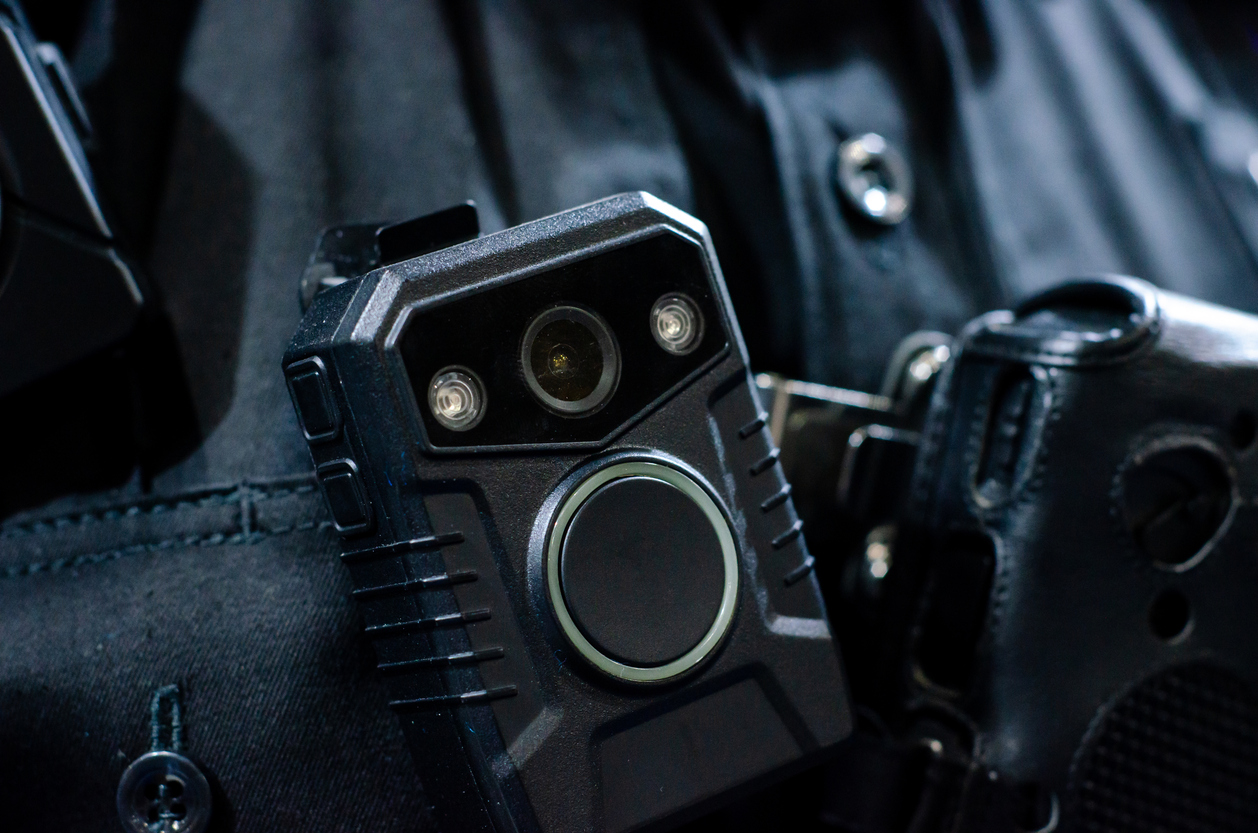
The camera as witness – can body-worn cameras reduce violence?
The camera as witness – can body-worn cameras reduce violence?
At a glance
-
The relationship between citizens and police is under strain, with trust in the police at an all-time not just in Brazil and the US, but worldwide.
-
Police were provided with body-worn cameras, monitoring interactions between police and the citizens and compared to those officers without cameras.
-
The presence of body-worn cameras (BWCs) reduced use of force by approximately sixty per cent.
-
Body-worn cameras present a promising intervention, reducing police lethality, increasing visibility of certain crimes, such as domestic violence, prompting a national discussion about their use.
A tool for safer policing?
Brazil is one of the most violent countries in the world. In the state of Santa Catarina, where the research was conducted, the homicide rate is three times higher than the US and 12 times higher than the UK. Around the world, trust in the police has plummeted. How can we hold those who have sworn to protect us accountable?
Previous research studies into the effectiveness of BWCs were conducted almost exclusively in the UK and USA. Dr Souza’s study, collaborating with researchers from Nuffield College, Warwick University and London School of Economics, is the first to focus on a low-income area of the Global South.
This research shows that the use of body worn cameras plays a significant role in de-escalating violent encounters between citizens and the police, influencing the types of crime reported and is now being assessed as an option in other states across the country.

Research
Undertaken across five police precincts, representing various socio-demographic characteristics and levels of violence, 150 officers were randomly selected to wear BWCs, with 295 officers acting as controls. Officers were stratified by precinct, activity, rank and gender, noting previous internal investigations.
To randomise, some officers never wore cameras, and some treatment officers wore one on some shifts but not others. Approximately half of police calls were covered.
Police leadership helped instil precautions making sure cameras could not be tampered with, that dispatchers were blind to who had BWCs and that officers were not informed ahead of when they would be camera-less.

Momentum in the adoption of BWCs
The paper has prompted a national discussion, with its implications being considered. Cameras are being adopted more widely, including in Santa Catarina State in 2018, with Rio de Janeiro also looking into the adoption of BWCs. Dr Souza now holds a role working closely with the Ministry of Justice, since November, reviewing the literature around BWCs, producing a report to be used nationwide as a guideline for implementation of BWCs. It is hoped that this will see the benefits of BWCs experienced more widely.
BWC data transforming crime reporting and policing outcomes
Not only do body worn cameras people safer, but they allow for better reporting of crimes and better-quality data that can be seeded into policymaking. In particular, researchers saw a 57 percent reduction in police lethality, saving 57 percent more lives. There were also changes in the type of crime reported. Domestic violence was being reported more often, in some cases double the amount, allowing for better visibility of incidents. This was the case in both Catarina and São Paulo, where domestic violence was previously under reported and not showing up in the data. The increased visibility and reporting means that such crimes can now at least be brought to investigation stage.
Key takeaways
-
With robust research showing that this technology can reduce violent altercations between police and citizens, it shows promise in being a positive step in building and improving trust in police forces.
- By reducing violence and improving reporting, BWCs can serve as a pivotal tool in transforming policing practices across Brazil. As their adoption spreads, the research offers a model for how technology can support more transparent, effective, and safer law enforcement on a national scale.
Sustainable Development Goals
 Queen Mary's research on body-worn cameras (BWCs) aligns with SDG 16 by promoting justice and transparency within law enforcement. Conducted in Brazil, the study found a 57% reduction in police use of force with BWCs. This technology enhances crime reporting, particularly for domestic violence, and builds trust between police and communities, fostering safer and more accountable institutions.
Queen Mary's research on body-worn cameras (BWCs) aligns with SDG 16 by promoting justice and transparency within law enforcement. Conducted in Brazil, the study found a 57% reduction in police use of force with BWCs. This technology enhances crime reporting, particularly for domestic violence, and builds trust between police and communities, fostering safer and more accountable institutions.
